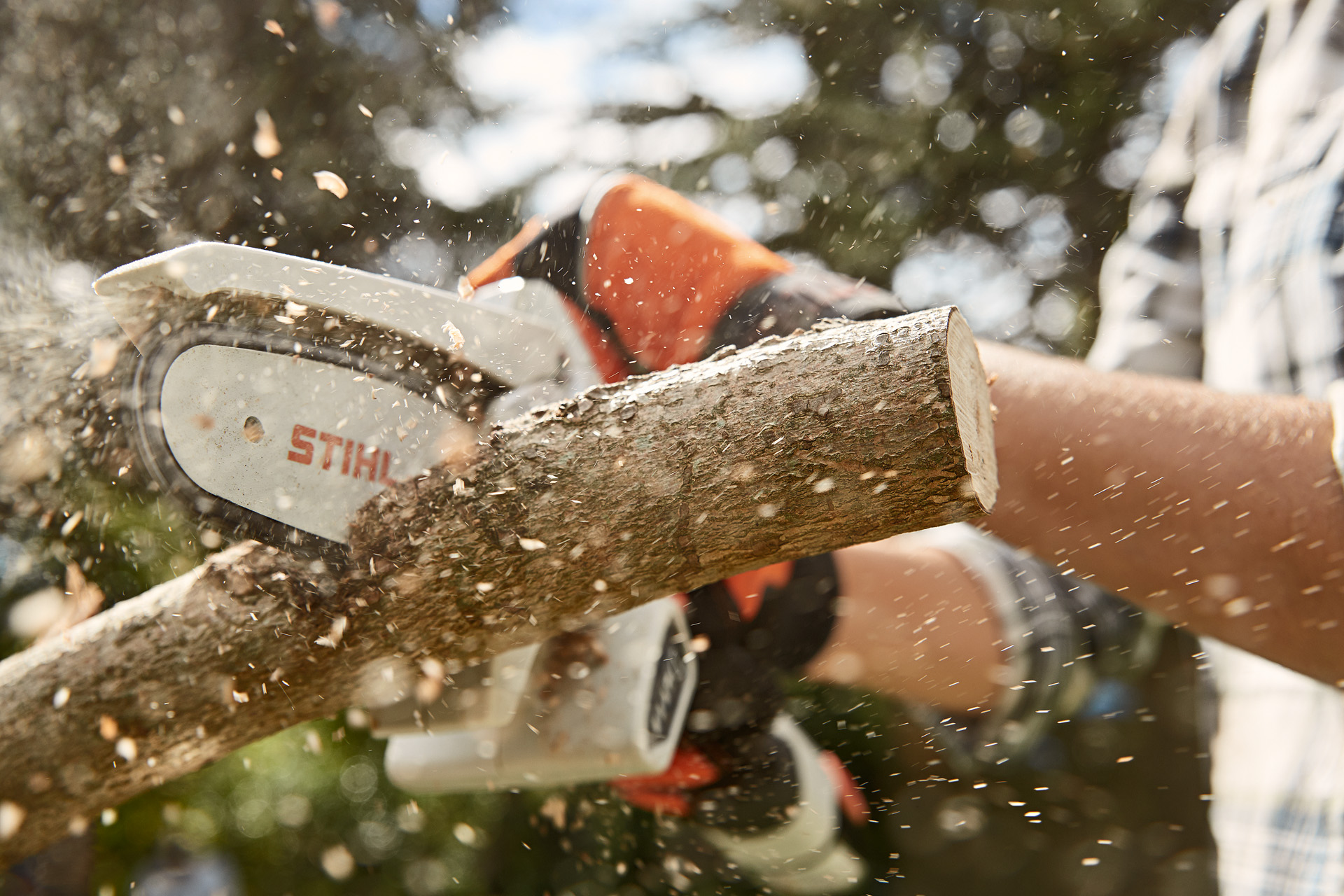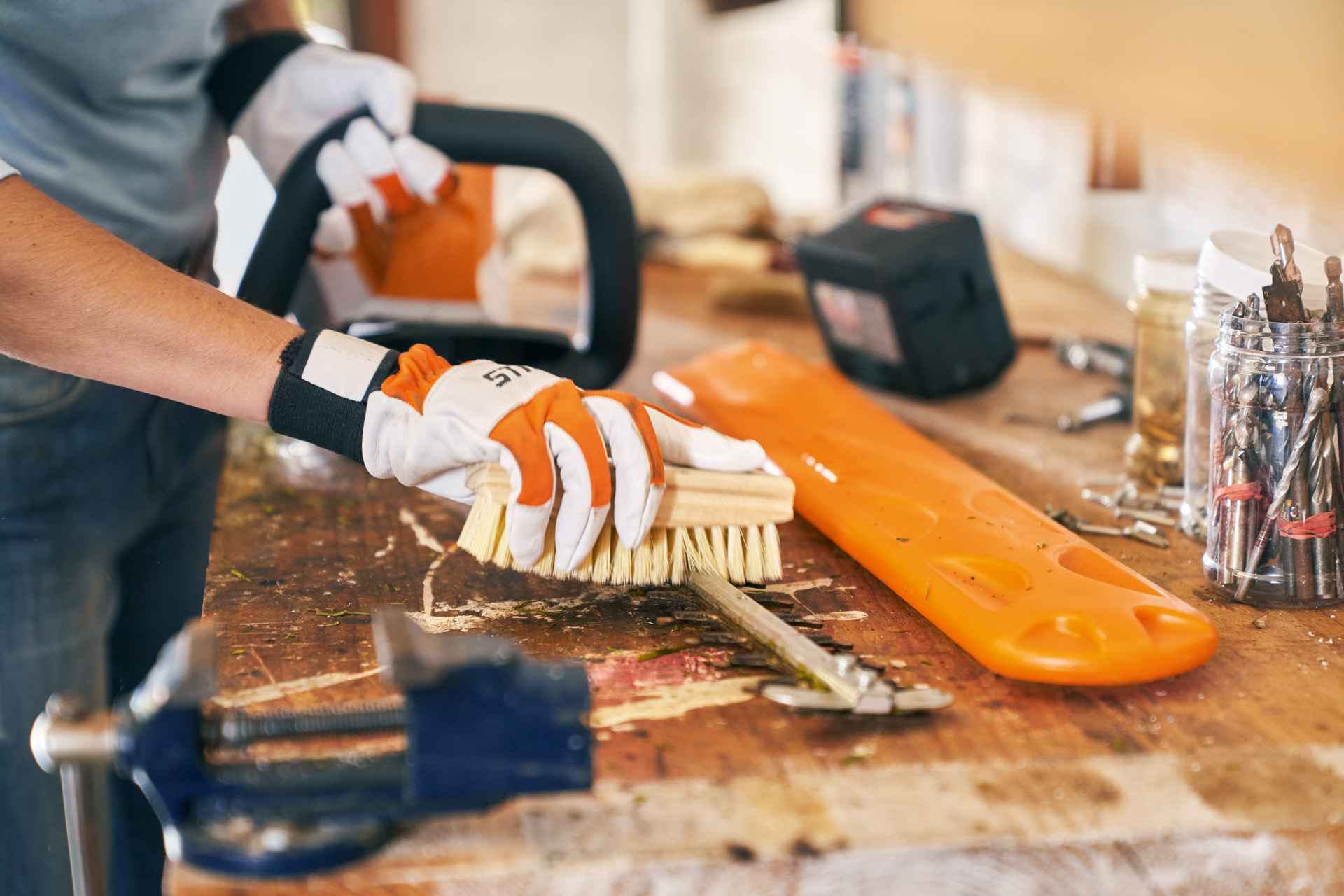How, when and why to prune fruit trees
Fruit trees need to be cut regularly to stay productive – but getting it wrong it can do more harm than good. Find out how to prune them properly.
15.05.2023

Why do I need to prune my fruit trees?
If you have a fruit tree of your own, of course, you want a bountiful harvest. A regular pruning schedule makes all the difference to the tree's health and how much fruit it yields, and cutting back every year encourages new growth and maintains the vitality of your fruit tree. Proper fruit tree care will support a healthier plant and high-quality fruit. When you prune, you also open up the crown of the tree, which helps to allow sufficient airflow and prevent fungal diseases and pests.
The best time of year to prune trees
The best time to prune varies depending on the type of fruit tree and how much growth you want. Apple and pear trees will benefit from a prune between November and April – however, for the first few years, you shouldn’t touch young fruit trees before spring arrives, as the wood is still very vulnerable to heavy frost.
If you want to encourage growth, you would typically prune these fruit trees during the colder months. This is when the tree moves into a dormant phase and draws nutrients back into the roots, ready to release when the growing season starts again. Late winter, before the tree starts to bud, is an ideal time to prune pear and apple trees because the cuts you make will heal more quickly as the spring growth surge arrives so your fruit trees are less likely to become infected.
It’s also possible to prune in spring, but doing so will encourage less vigorous growth; this makes it a good choice if you have fruit trees that are already the right size for your space, as well as for formally trained fruit trees such as fan-trained cherries and espalier apples.

When to prune stone fruit trees
Fast-growing stone fruit trees, such as cherry and peach, benefit from having their seasonal prune during the warmer months. This stops them growing out of control by cutting away some of their energy reserves and slowing growth. You could even prune these varieties as you harvest, simply taking off the fruit and keeping the tree in bounds at the same time. You can prune a peach tree right up to until it flowers in April and May, while cherry trees are best cut back between June and August, after they finish fruiting.
Avoid giving any trees a dramatic prune from March to September during nesting season. A gentle trim is fine unless there are birds nesting in your tree, in which case you should not prune it at all.
Guide to proper pruning
The extent to which you prune your fruit tree hugely affects its growth: the more you cut back your tree in winter, the more it will bud in the summer – and less pruning means less growth. The method you use is just as important.
Tips for fruit tree pruning
- Always make cuts close to a bud. The buds are the source of your tree’s new growth and are where the sap that fuels that growth is most concentrated. Cutting too far from new buds risks making a wound that dries out and “blocks” the next growth point. You should find an outward-facing bud – to encourage an open shape – and prune 1–3 cm beyond it.
- Try not to leave short stumps behind when you prune off branches, as dead wood provides a breeding ground for rot and mould. Always cut as close as possible to the branch base without damaging the main stem.
- If you need to remove a large branch, tackle it in stages to avoid damaging the bark or causing any untidy tearing to the wood. Last of all, carefully cut back to the main trunk.
- Prune to maintain the shape of your fruit trees. A tree crown should typically be pyramid-shaped, made up of a central “leader” and three to four side stems – it is particularly important to establish this shape during the first year of growth. On young fruit trees, all side stems should be cut to around the same height, and the leader should be about 20 cm longer.
- Remove suckers in early summer. Fruit trees are often grafted to a rootstock to enable more successful growth than the fruit variety can manage on its own. After you prune a grafted fruit tree, you may see a lot of new shoots emerging at the base of the tree – these are suckers. They must be removed as they will steal energy from the fruiting part of your tree.
- Watering is important too! Particularly if they’ve suffered some frost, your fruit trees will desperately need water as they cannot absorb any from the frozen ground. New plantings, as well as older peach, nectarine, almond and apricot trees, will appreciate extra water.
How to prune fruit trees: expert techniques
When you come to prune your fruit trees, you need to consider the tree itself and what you want to achieve. Do you want to trim a young tree into shape, tidy up a mature tree and keep the beautiful blossom, or rejuvenate an older tree? Different outcomes call for different techniques.

When you plant your fruit tree, you can create the ideal conditions for its growth by pruning the root and crown to quickly guarantee strong growth. Identify the leader and choose three to four other main branches ideally at a 45° angle to the trunk. This is all that the tree needs to develop into a crown, so you can remove all other stems.
After planting, apply a formative approach to pruning until the tree has reached the crown height you want – this is likely to be five or six years. For nicely branching stems, prune side growth and the leader by up to a third. The long-term goal is to develop the crown into a pyramid shape. Formative pruning leads to a nicely shaped mature tree.
Mature, fruit-bearing ornamental trees need ongoing maintenance pruning, focusing on making sure the crown doesn’t become too dense. Remove any new growths that are too close together, as well as suckers. Vertical shoots should generally be removed to keep your tree in a good shape, though on fruit trees that have a fast-growing lower layer, a few vertical shoots can act as a useful diversion for the flowing sap, preventing fast, weak growth. If there are lots of suckers, you should only remove the really thick and really thin shoots and leave the medium ones.
Smaller fruits and a very dense crown are indications of a tree struggling as it ages. Older trees can have a new lease of life with a generous prune, thinning the crown and removing any large branches in danger of breaking. It’s best to spread the process over two successive years.
Pillar and espalier fruit trees are beautiful trees that have been carefully trained into narrow forms that can even thrive in pots on a balcony. Their compact training means they need very little space but can still produce a lot of fruit. Most of these varieties only need a little bit of maintenance trimming, though they can benefit from a more thorough prune if they have long side shoots.
How to prune fruit trees: key points for success
There are a few key principles to remember when you prune your fruit trees:
- It’s better to be too generous when you prune than too cautious, even with young trees.
- Be a bit more restrained with older trees, though they still need to be thinned out properly.
- Most fruit trees can be pruned in late winter, but don't prune young trees if there is still heavy frost.
- Use a sharp tool for clean cuts.
- For older trees, in particular, it is important to thin the crown so that there is enough airflow.
Summary
- The pruning process is essential for a good harvest and the health of fruit trees.
- Late winter is the best time to prune most fruit trees.
- Make sure you use a sharp, suitable tool and wear appropriate Personal Protective Equipment for safety purposes.
- Younger trees can be more generously pruned than older ones – though these still need to be thinned regularly too.
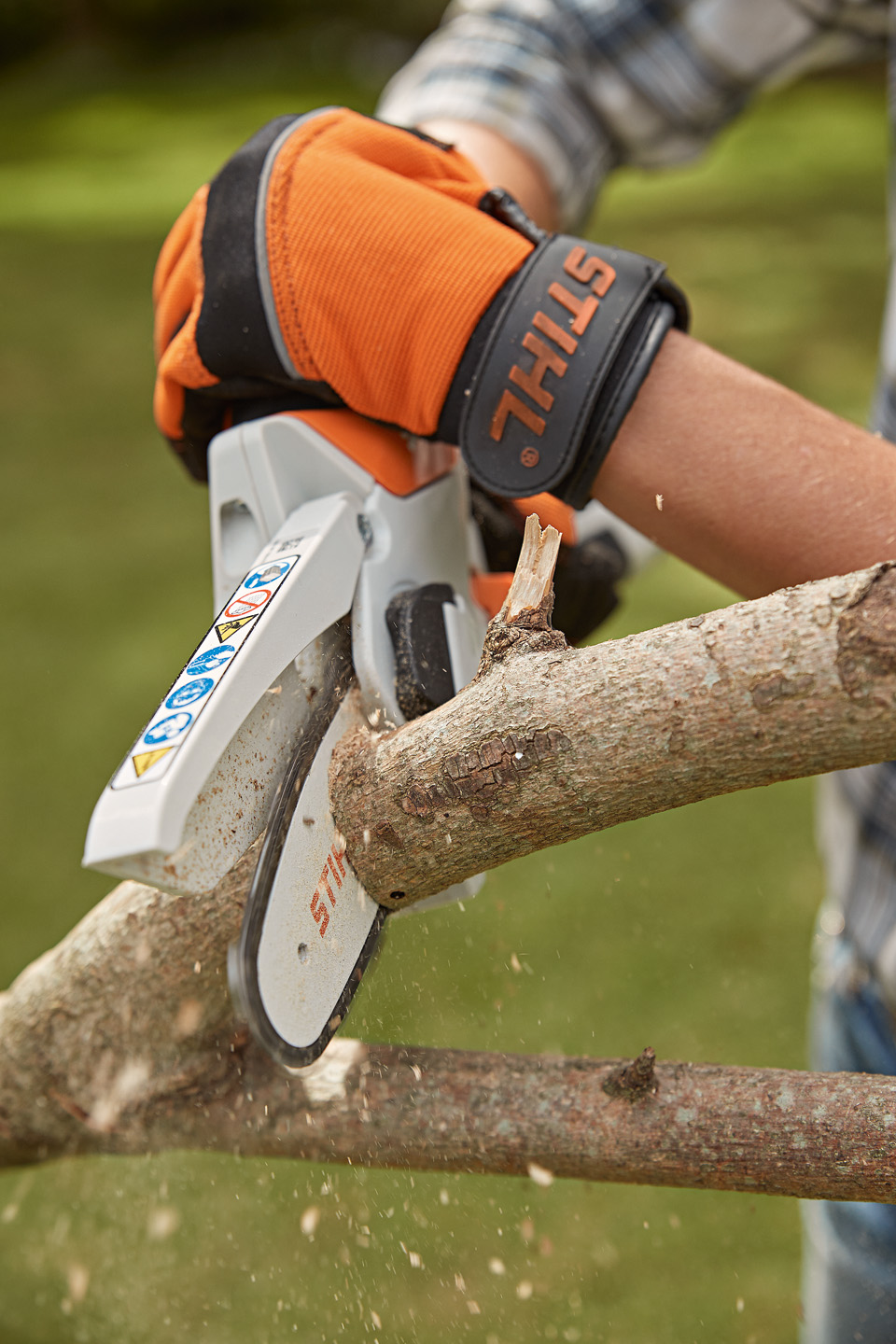
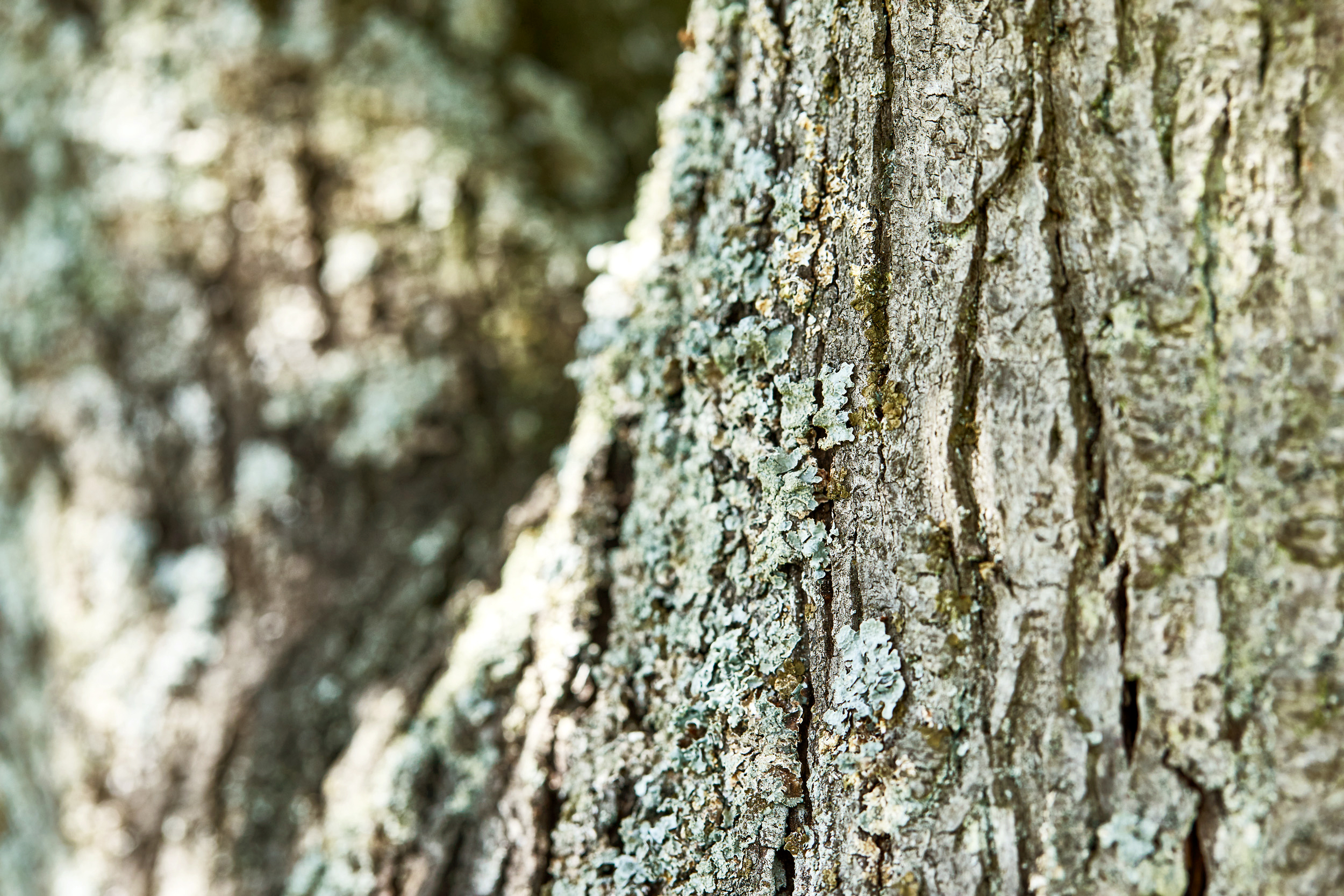
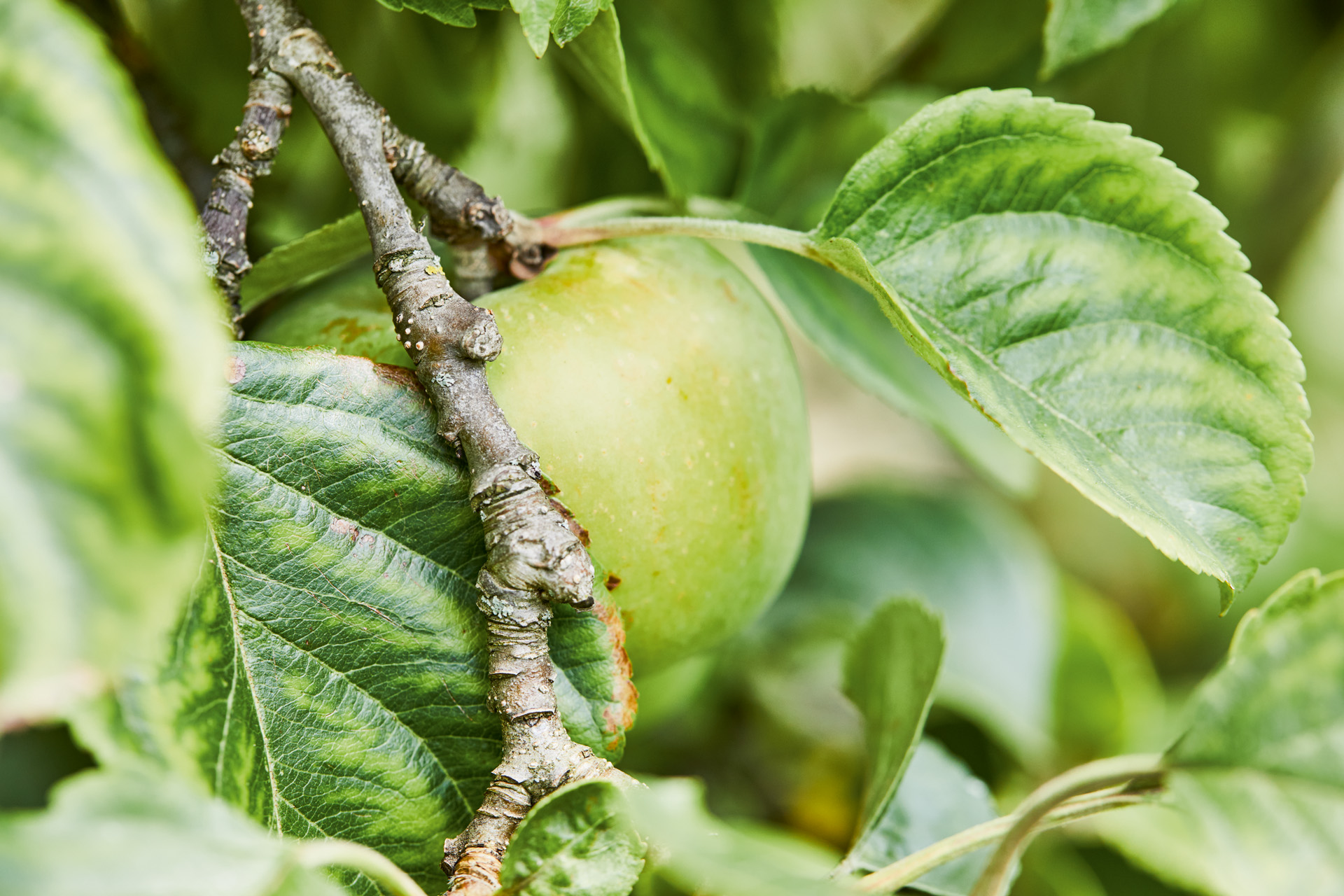
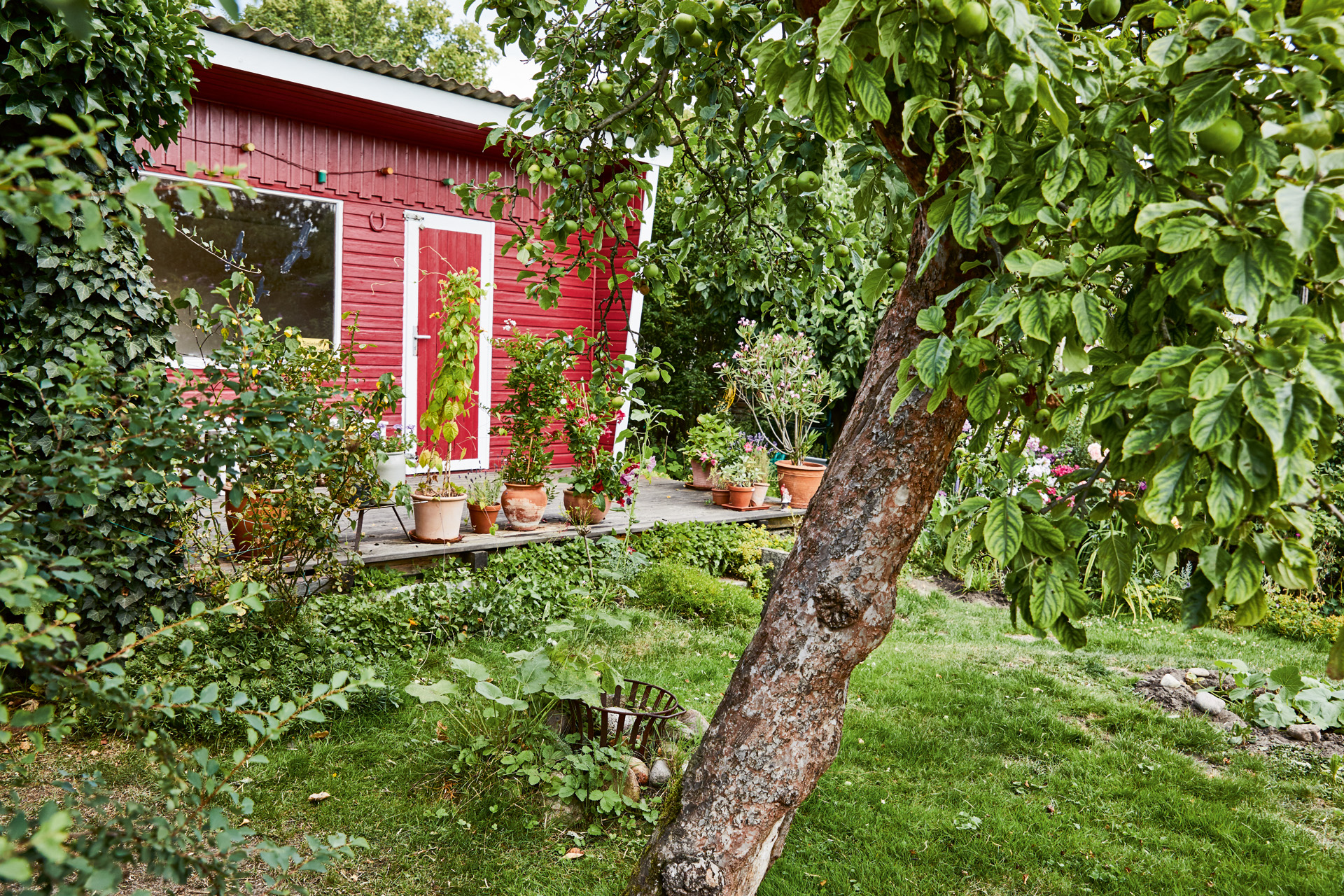
/catalogue/stihl-catalogue-2015-(master-d)/hand-tools-and-forestry-accessories/page-220-221/f55fb78a35b04f5a8c21674a67d61f20.jpg)
